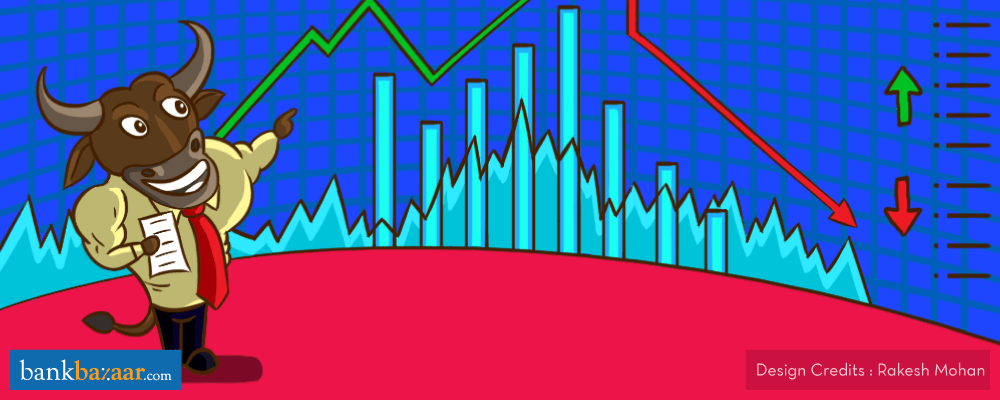
Though there are quite a few stock exchanges in India, most of the trading takes place on the Bombay Stock Exchange (BSE) and the National Stock Exchange (NSE). Most of the notable companies in the country are listed on these two stock exchanges. Sensex (Sensitive Index) and NIFTY are the two well-known market indices in the Indian stock market. While Sensex is associated with BSE, NIFTY is associated with NSE.
A little about BSE and NSE
BSE came into existence in 1875 and it is the 11th largest stock exchange in the world. NSE was launched in 1992. However, it started trading only in 1994. They function similarly, whether it is their trading mechanism, the settlement cycle, or the trading hours.
What is a stock market?
In simple terms, a stock market is basically a place where trading of stocks, futures, bonds, etc. takes place. By trading, we mean buying and selling. It consists of the primary market and the secondary market.
In a primary market, stocks are bought directly from the company issuing them. Companies are allowed to sell stocks only after they conduct an IPO (Initial Public Offering). In a secondary market, the stock trading happens between buyers and sellers without any involvement from the company. Anyone can buy stocks from the secondary market as long as they can pay the price of the trade.
What is a market index?
An integral part of stock markets, market index is the term applied to the summary of the market prices. For your convenience, all the chaos in the markets is summed up in a single number. This conveys the market performance in comparison with the previous performances. The performance of an index depends on how well its stocks perform. Sensex and NIFTY are two such market indices that are vital to the Indian stock market.
Additional Reading: Stock Markets Climbing: Is It A Good Time To Invest?
Sensex
This is the benchmark index equity of BSE. Sensex takes into account 30 BSE stocks which are the most actively-traded. These stocks are selected based on various factors such as the trading frequency, market capitalisation, sector of the stocks, their listing history and more. The movement of Sensex depends on these 30 shares. It moves up if there is high demand for these stocks and their prices increase. It falls if the demand is low and the prices decrease.
Additional Reading: Understanding how Sensex is calculated!
NIFTY
The benchmark index of NSE, NIFTY comprises of the top 50 stocks across sectors which are heavily traded on NSE. Similar to Sensex, NIFTY moves up or down depending on the price of its 50 stocks.
Both Sensex and NIFTY represent the overall market sentiments. If these indices are down on a particular day, it is a sign that the markets are underperforming for that day. You can also watch these indices to know how your investments are performing.